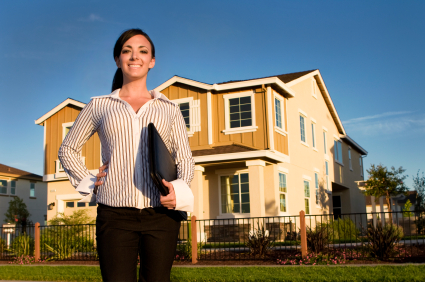Real Estate in Eco-Friendly Communities – Green Living
In recent years, there has been a growing global awareness of the need for sustainable and eco-friendly living. As a result, eco-friendly communities have emerged as a trend in the real estate market, offering a refreshing alternative to conventional suburban living. These green communities are designed with a strong commitment to minimizing their environmental footprint while prioritizing the well-being of residents. One of the defining features of eco-friendly communities is their focus on energy efficiency. These neighborhoods often incorporate renewable energy sources like solar panels and wind turbines, reducing residents’ dependence on fossil fuels and decreasing their utility bills. Additionally, energy-efficient building designs, such as well-insulated homes and energy-efficient appliances, help further reduce the carbon footprint of these communities. Water conservation is another key aspect of green living in eco-friendly communities. These communities prioritize energy efficiency, water conservation, sustainable transportation, eco-friendly construction, and green spaces while fostering a strong sense of community and social responsibility.

Sustainable landscaping practices, like drought-tolerant plants and rainwater harvesting systems, are frequently implemented to reduce water consumption. Advanced wastewater treatment systems are often used to recycle and reuse water, ensuring that this precious resource is used wisely. Transportation is a significant contributor to carbon emissions, but eco-friendly communities aim to change that. They are often strategically located near public transportation options, making it easier for residents to commute without relying on personal vehicles. Additionally, these communities typically have well-planned bike lanes and pedestrian-friendly infrastructure, promoting a healthier and more sustainable lifestyle. The use of sustainable building materials and construction practices is a cornerstone of eco-friendly communities. Builders prioritize eco-friendly materials like recycled wood, low-VOC paints, and energy-efficient windows. The construction process itself emphasizes waste reduction and recycling to minimize the impact on the environment. By investing in a home within an eco-friendly community learn more, individuals can not only reduce their carbon footprint but also enjoy a higher quality of life in harmony with nature.
One of the most appealing aspects of green living in these communities is the emphasis on green spaces and natural landscapes. Parks, community gardens, and preserved greenbelts are common features, providing residents with ample opportunities to connect with nature. These green spaces not only enhance the aesthetic appeal of the community but also contribute to improved air quality and a greater sense of well-being among residents. Furthermore, eco-friendly communities often promote a strong sense of community and social responsibility. Residents share a common commitment to sustainability, fostering a supportive environment where like-minded individuals can collaborate on eco-conscious initiatives. Community events, such as environmental workshops and neighborhood clean-up days, help strengthen these bonds and create a unique sense of belonging. In conclusion, real estate in eco-friendly communities offers a refreshing and sustainable alternative for those seeking to minimize their environmental impact and embrace a greener way of life.